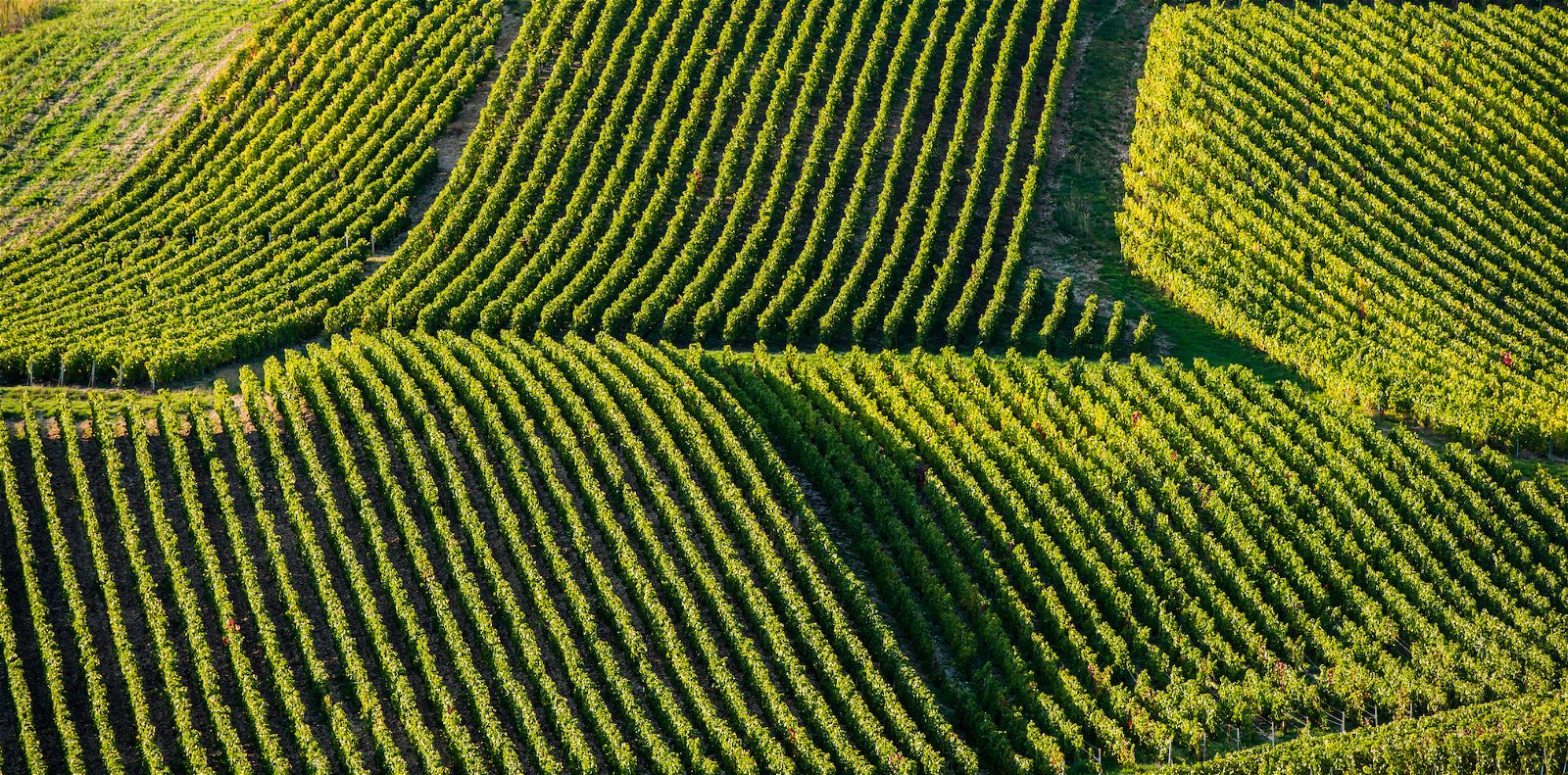As in many wine-growing countries in Europe, the origins of viticulture in Bosnia and Herzegovina stretch back some 2,200 years. Wine production experienced its first boom at the end of the 19th century, when the wines were extremely popular, especially at the Viennese Court, and were known as the "Imperial Wines". Because of the high proportion of the Muslim population, it played only a minor role in the country itself. The war in the former Republic of Yugoslavia also initially hindered further development of viticulture. Bosnia & Herzegovina stretches along the northeastern border with Croatia. The climate is temperate continental with warm summers and cold winters, but well cushioned by the proximity to the Adriatic Sea. About 6,000 hectares are under vine here; most of the vineyards are around the city of Mostar ("Old Bridge"), the town with its historically significant and symbolic bridge that became sadly famous due to its extensive destruction during the Yugoslavian civil war. The most widely cultivated grape varieties are two autochthonous varieties, Zilavka for white wine and Blatina for red wine. In addition, one also finds Plavac Mali, and the international varieties Cabernet Sauvignon and Syrah. The wines are classified by analytical and sensory testing (20-point system) with the help of a three-stage quality system. Simple wines with origin suffice 14 points, quality wines with geographical origin need at least 15 points, and top qualities must achieve at least 18 points.













